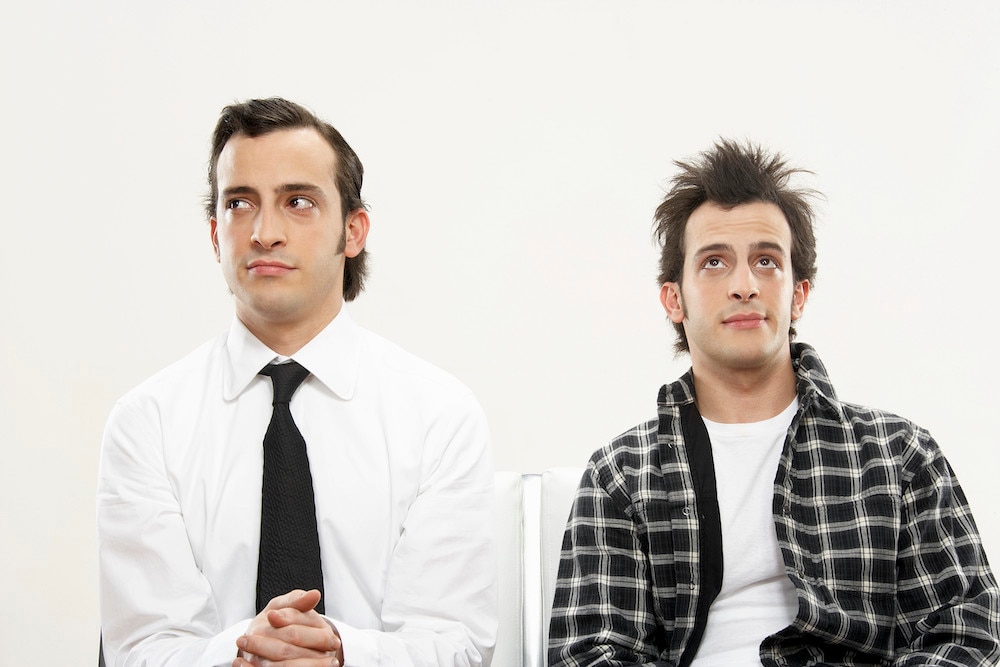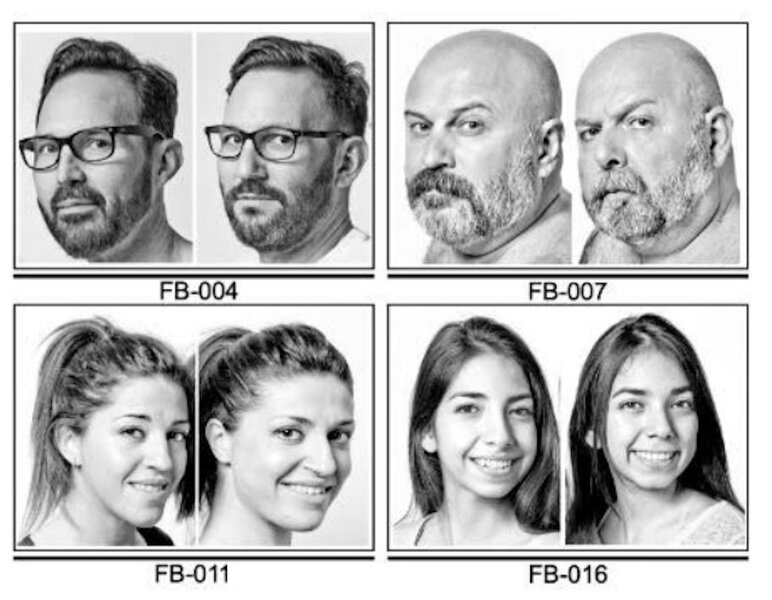Create a free profile to get unlimited access to exclusive videos, sweepstakes, and more!
You probably share DNA with strangers who look like you
We're more alike than we thought.

There’s a commonly held belief that everyone has a doppelgänger somewhere in the world, a person to whom you have no close familiar relationship and yet share a strikingly similar set of facial features. It’s an almost unsettling thought. So much of our identities are tied to our faces and the thought that someone out there might be living an entirely different life while looking through our eyes is more than a little uncomfortable.
You might therefore want to dismiss the notion, but the science suggests that it’s true. There are only so many ways you can mix and match the genetic ingredients responsible for our facial features. Eventually, you’re going to get similar combinations.
As the global population increases, the likelihood that you have a duplicate only goes up. The more times you roll the dice, the more likely you’ll eventually hit double sixes. Moreover, the advancement of global communication and image sharing over the internet increases the chances you might one day encounter your look-alike, even if only in a photo.
While the idea that we all have a double has been widely accepted in the popular consciousness, scientists from the Josep Carreras Leukaemia Research Institute wanted to put the idea under the proverbial microscope. Their new study, published in the journal Cell Reports, utilized facial recognition algorithms and genetic analysis to try and unravel the mysteries of why unrelated people sometimes look the same.
To get started, researchers gathered a participant group of 32 pairs of look-alikes, identified from the work of photographer François Brunelle, who has been gathering images of doppelgangers for more than 20 years. Brunelle’s work is largely built on a subjective reckoning of facial alikeness, but researchers wanted something a little more concrete. They took the starting group and plugged their photos into a trio of facial recognition algorithms — one which was academic, one designed by Microsoft, and a third from a security company — to objectively determine how similar two people appeared.
The algorithms were able to differentiate between some supposed doppelgängers while others were strikingly similar. Sixteen of the original 32 pairs were indistinguishable to the software, having been identified as the same person. Those 16 pairs served as the basis of the rest of the study.
Researchers then gathered saliva samples from each individual and ran them through genetic analyses to determine if there was a biological basis for their facial characteristics. Of those 16 pairs, nine returned incredibly similar genotype readouts. In particular, the genes responsible for the formation of the mouth, nose, eyes, chin, and forehead tended to be more or less the same.
Interestingly, the similarities didn’t stop with sharing the same face. A behavioral survey revealed that look-alikes tended to have similar levels of education and habits, including whether or not they smoked. Researchers suggest that could mean that the genes responsible for facial features might also play a role in habits and behaviors.
Not only is it likely that there is at least one other person in the world — maybe more — who is traipsing around while wearing your face, but now we have a decent understanding of why that is. We’re not sure if knowing that look-alikes also share significant portions of our DNA and behaviors makes us feel more or less comfortable with the situation but there is an upshot either way.
A better understanding of the relationship between our genes and our external physical characteristics could provide new tools for diagnosing genetic disease, just by looking at a patient’s face. On the flip side, forensic scientists could use this information to reconstruct the facial features of an unknown person using only DNA discovered at the scene. Forensic Files (now streaming on Peacock!) might have to replace their sketch artists with computer generated images of suspects reconstructed from the DNA they leave behind. We can only hope that one of our doppelgängers isn’t out there committing crimes.



























